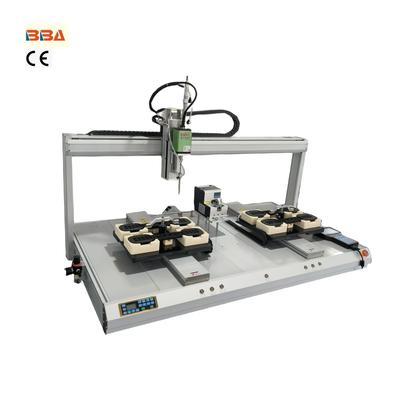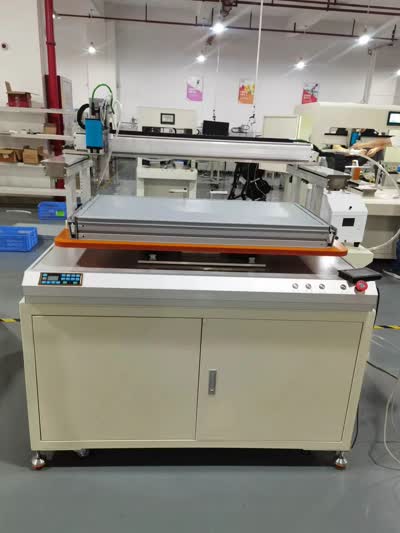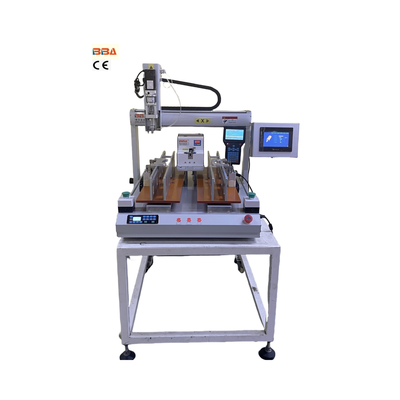Energy Efficient Auto Screw Machines | Modern Industrial Automation Solutions

Energy Efficiency in Modern Auto Screw Machines
In today's competitive industrial landscape, energy efficiency is no longer an optional feature but a critical component of sustainable manufacturing. Modern auto screw machines represent a significant area where energy savings can be achieved without compromising performance. These machines, essential in high-volume production environments, have evolved to incorporate advanced technologies that minimize power consumption while maximizing output.
One of the primary ways modern auto screw machines enhance energy efficiency is through the integration of smart motor systems. Traditional machines often operate at constant speeds, regardless of the actual workload, leading to unnecessary energy waste. In contrast, contemporary models utilize servo motors with dynamic control capabilities. These motors adjust their speed and torque in real-time based on the task requirements, significantly reducing electricity usage during idle periods or low-intensity operations.
Another key innovation is the adoption of regenerative braking technology. In many automated screw driving systems, the deceleration phase typically dissipates energy as heat. However, regenerative systems capture this kinetic energy and convert it back into electrical energy, which can be reused within the machine or returned to the power grid. This not only lowers overall energy consumption but also reduces heat generation, contributing to a cooler and more stable operating environment.
The design of modern auto screw machines also emphasizes lightweight materials and optimized mechanical structures. By reducing the mass of moving components, these machines require less energy to accelerate and decelerate, leading to lower power demands during repetitive cycles. Additionally, improved transmission systems with reduced friction losses ensure that more of the input energy is directed toward the actual screw driving process rather than being wasted on overcoming mechanical inefficiencies.
Advanced software plays a crucial role in energy management. Modern machines are equipped with programmable logic controllers (PLCs) and IoT-enabled sensors that monitor energy usage in real-time. Operators can analyze this data to identify patterns, optimize cycle times, and schedule maintenance to prevent energy-wasting conditions such as misalignments or wear-induced friction. Predictive maintenance algorithms further enhance efficiency by ensuring that the machine operates at peak performance with minimal downtime.
Moreover, energy-efficient auto screw machines contribute to broader sustainability goals. Lower energy consumption directly translates to reduced greenhouse gas emissions, especially in regions where electricity generation relies on fossil fuels. Companies that invest in these technologies not only cut operational costs but also demonstrate a commitment to environmental stewardship, which can enhance their brand reputation and compliance with increasingly stringent regulatory standards.
In conclusion, the shift toward energy efficiency in auto screw machines is driven by a combination of smart motor systems, regenerative braking, lightweight design, and data-driven management. These innovations offer tangible benefits, including lower utility bills, extended equipment lifespan, and a reduced carbon footprint. As industrial automation continues to advance, prioritizing energy-efficient solutions will be essential for manufacturers seeking to maintain competitiveness and sustainability in a rapidly evolving market.
| Product Name | Applicable industries |
| Desktop Screwdriver Robot | PCB and Circuit Board Assembly |


